It’s sadly possible to imagine that The Living and the Dead was sold to BBC1’s commissioning editors as ‘Poldark meets The Exorcist’. Yet, while that wouldn’t be a completely inaccurate summary, the overall result is a lot more coherent, clever and ambitious than that.
At heart, in fact, Tuesday’s first episode was a nifty twist on another genre: the one where a retired detective/gunslinger/master criminal comes out of retirement for one last job. The programme began in Somerset in 1894, where we met Harriet Denning, an unusually bright 16-year-old, whose intellectual curiosity alarmed her mother but who was encouraged in her reading of Ibsen, Zola and Darwin by her proud father. Such non-repressive behaviour on the part of a Victorian patriarch — especially given that he’s a vicar — felt distinctly refreshing in a TV drama. The trouble is that he might have been wrong. Even before the opening credits, Harriet already appeared to be losing that impressive mind of hers. Otherwise, why all those close-ups of sinister dolls, self-rocking rocking horses and other traditional signifiers of supernatural mischief and/or mental disturbance?
Meanwhile, not far away, the dashing Nathan Appleby had decided to give up his work in the newfangled business of psychology so as to make a go of the failing family estate. And to prove it, even when the vicar asked him to help Harriet, he replied with a stern ‘That work is behind me’ and went back to his scything.
But that was before Harriet showed up one night standing catatonically in his pond, having walked a mile barefoot from her parents’ house. Only the following morning did she offer the explanation that ‘the man told me to, the man who comes to me’. And come to her the man certainly did — because before long Harriet was intermittently speaking in the voice of a middle-aged male, and claiming to be Abel North, a local bad ’un and probable murderer who apparently died some years before. Oh yes, and she also kept attacking people.
So had she — as Nathan believed — simply heard Abel’s threatening voice recorded on a wax cylinder that mysteriously turned up in her bedroom and, ‘frightened by her own sexuality’, had some sort of mental breakdown. Or — as she insisted — had she never heard the cylinder and was genuinely possessed? A hypnotist of the old school, Nathan now swung a watch in front of her eyes in a bid to find out…
As a ghost (or is it?) story, The Living and the Dead works rather well — although not without that familiar ghost-story flaw that for stretches, things seem about to happen rather than actually do. But what suggests the series may prove a cut above are its wider themes. For the determinedly rational Nathan, it’s the fact that Harriet is in the midst of the transformation from girl to woman that makes her vulnerable to strange happenings of all kinds. Neatly enough, though, almost everything else we see is on the cusp of significant change too.
There is, for example, rural England, where many of the estate’s labourers are rightly nervous that the estate’s new traction engine will replace them. There’s also Nathan’s sexy wife Charlotte — a clear representative of the ‘new woman’ of the 1890s, with a photographic career of her own and even a taste for the Victorian equivalent of selfie porn (quite a faff, admittedly, what with having to set up one of those huge cameras in just the right place, and then hold the pose for ages). And, if that’s not ambitious enough, the series implies that in the 1890s nothing less than human consciousness was similarly torn between the old and the new. ‘The old certainties are gone,’ as Matthew pointed out at one stage, ‘and people look for meaning elsewhere.’
The Living and the Dead is written by Ashley Pharoah, the co-creator of Life on Mars and Ashes to Ashes, who after the likes of Eternal Law and the weirdly terrible Bonekickers definitely owed us a good one. Now, by smuggling all this into a primetime BBC1 series — and so subtly that the programme can still be enjoyed as an efficient chiller — he looks like he’s going to deliver it.
But if you want to be sure, you don’t have to wait for five more Tuesdays, because you can already watch the remaining episodes on BBC iPlayer. Initially, I thought this was a bit of a cheat. Now I’m beginning to wonder if it’s yet another cunning variation on those wider themes, demonstrating that the act of watching television is having its own 1890s moment, with the past and the future jostling for supremacy. (Spoiler alert: in my experience, the future generally wins.)
Got something to add? Join the discussion and comment below.
Get 10 issues for just $10
Subscribe to The Spectator Australia today for the next 10 magazine issues, plus full online access, for just $10.

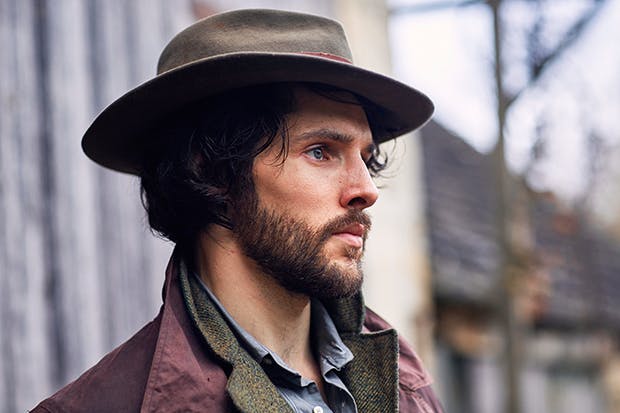
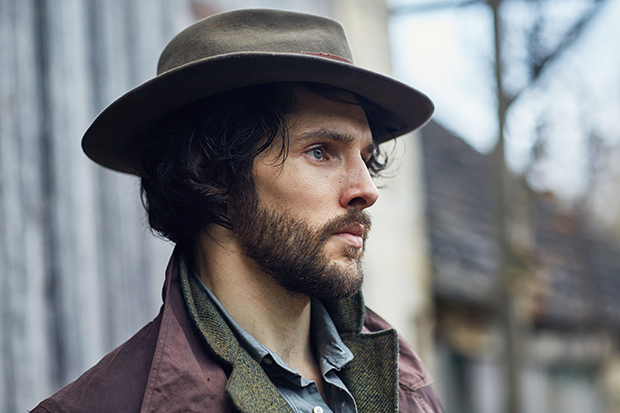

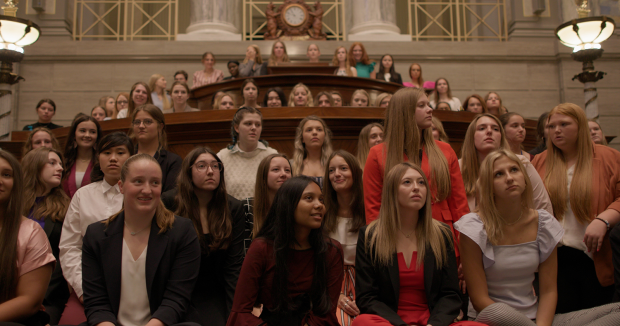
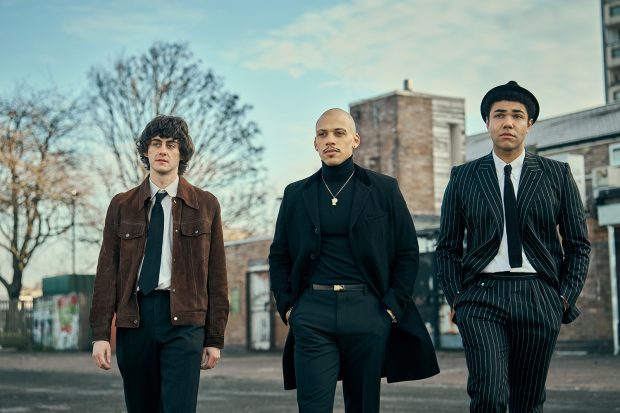
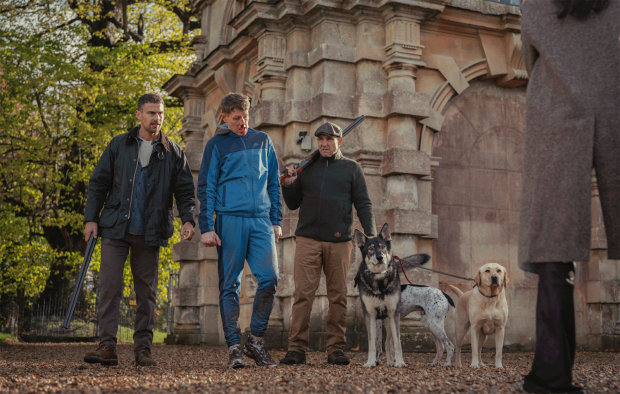
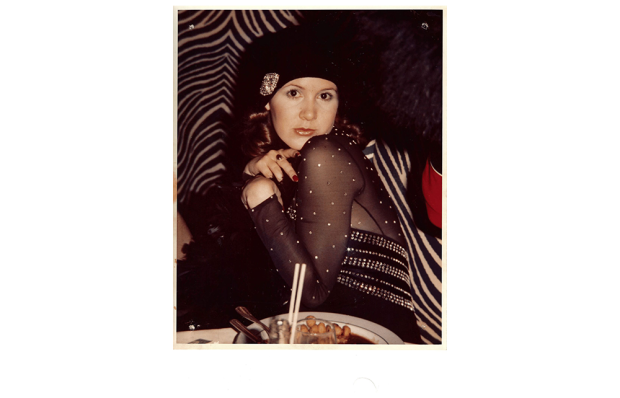






Comments
Don't miss out
Join the conversation with other Spectator Australia readers. Subscribe to leave a comment.
SUBSCRIBEAlready a subscriber? Log in